Shop News
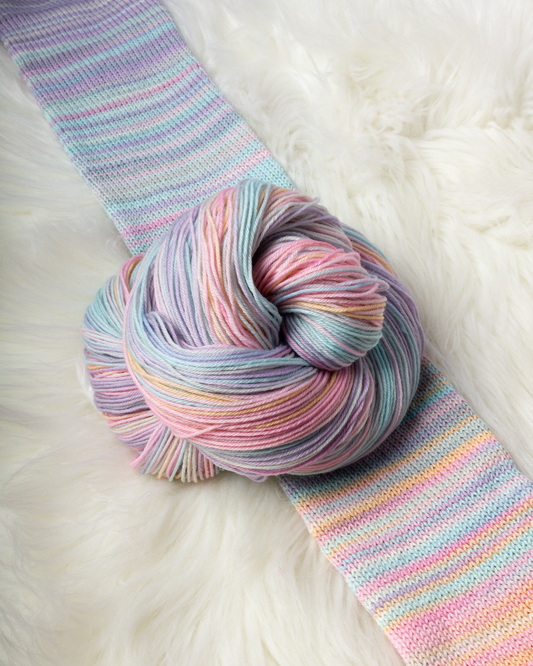
U.S. Shipping Is Open Again!
We’re happy to let you know that U.S. shipping is officially back open! Yarn will still ship USPS and there will be no extra fees on delivery. All of our yarn...
U.S. Shipping Is Open Again!
We’re happy to let you know that U.S. shipping is officially back open! Yarn will still ship USPS and there will be no extra fees on delivery. All of our yarn...
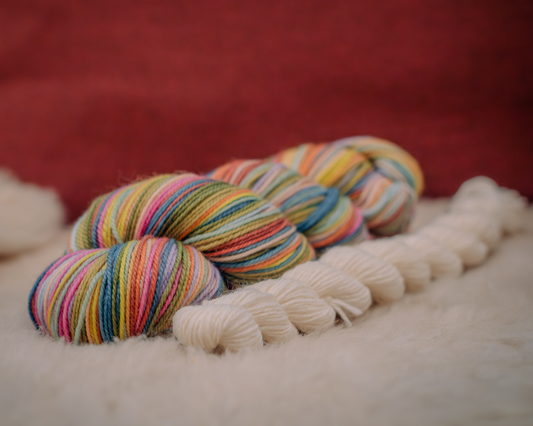
Knit City Preview
It’s almost time for Knit City Vancouver, and we’re bringing a lot of yarny goodness with us. If you’ll be at the show, come find us at Booth 23! Here’s what...
Knit City Preview
It’s almost time for Knit City Vancouver, and we’re bringing a lot of yarny goodness with us. If you’ll be at the show, come find us at Booth 23! Here’s what...

What’s happening: shipping, Socktober, Knit City
You may have noticed there was no newsletter from me last week. I got swept up in the chaos of trying to do too many things at once! So this...
What’s happening: shipping, Socktober, Knit City
You may have noticed there was no newsletter from me last week. I got swept up in the chaos of trying to do too many things at once! So this...
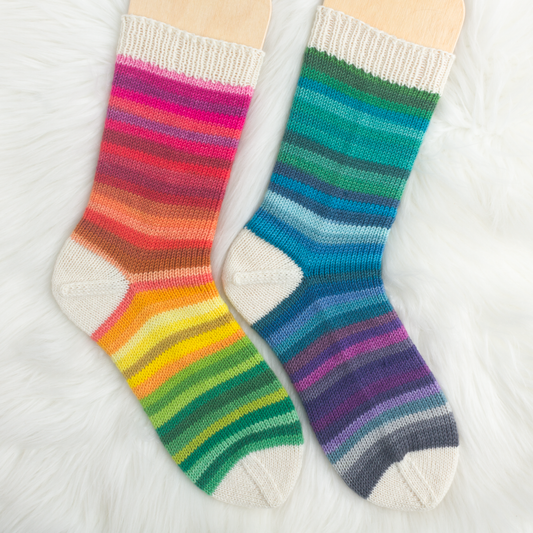
Another shipping update!
Here’s the short version: The packages that got stuck a few weeks ago are now on their way back to me, and I’ve submitted all the required customs paperwork. If...
Another shipping update!
Here’s the short version: The packages that got stuck a few weeks ago are now on their way back to me, and I’ve submitted all the required customs paperwork. If...
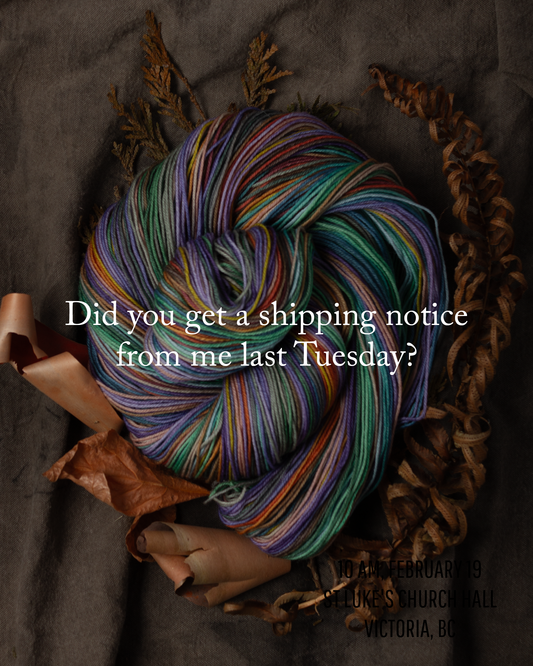
Delays on some US shipments.
If you got a shipping notification from me on August 19 and your tracking still isn’t updating — this is for you.There are three big boxes full of packages of...
Delays on some US shipments.
If you got a shipping notification from me on August 19 and your tracking still isn’t updating — this is for you.There are three big boxes full of packages of...
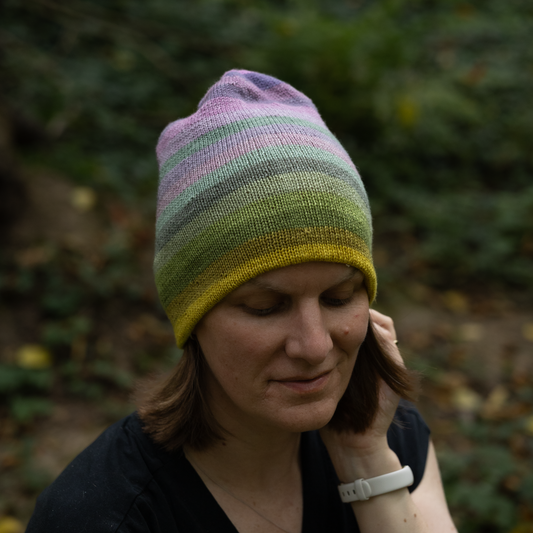
Temporary pause to US Shipping
The US has announced that starting August 29, the rule that let packages under $800 enter duty-free (the “de minimis” exemption) will end. Currently our yarn is duty-free under the...
Temporary pause to US Shipping
The US has announced that starting August 29, the rule that let packages under $800 enter duty-free (the “de minimis” exemption) will end. Currently our yarn is duty-free under the...
